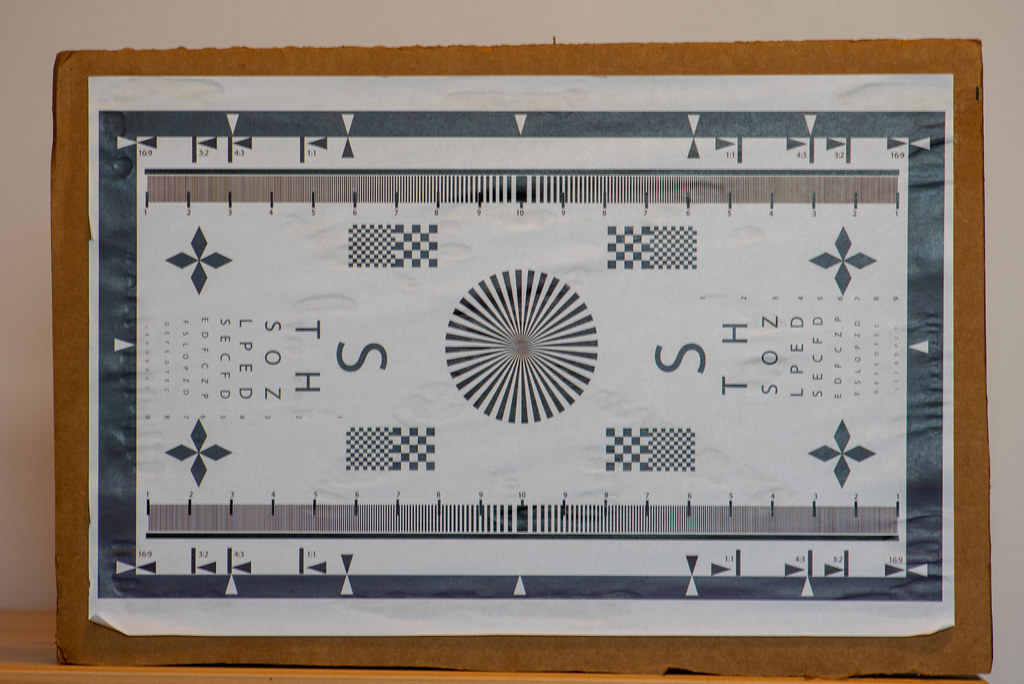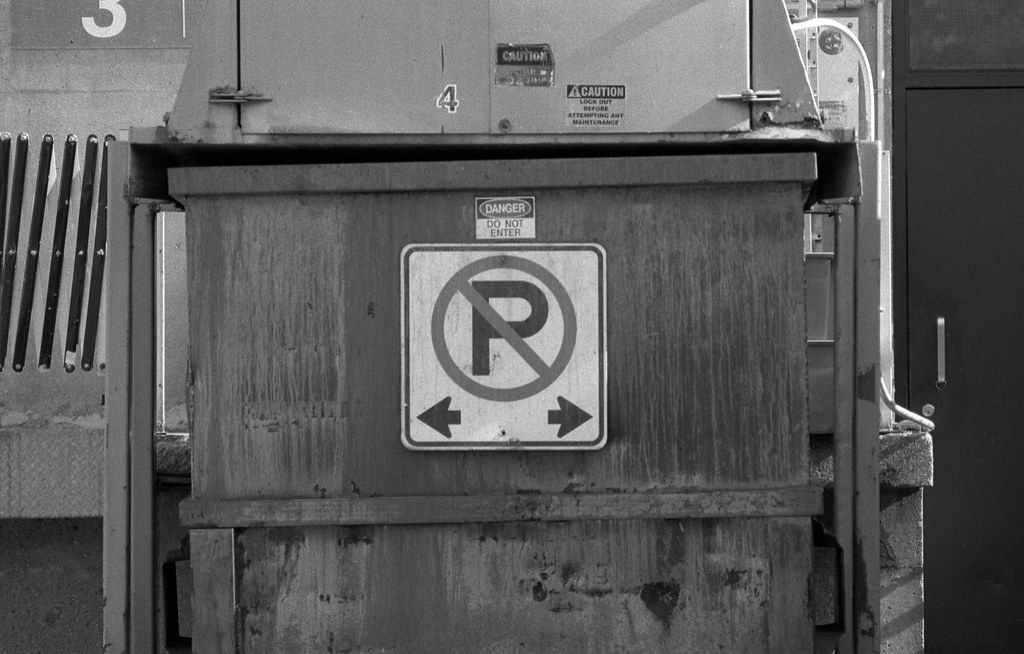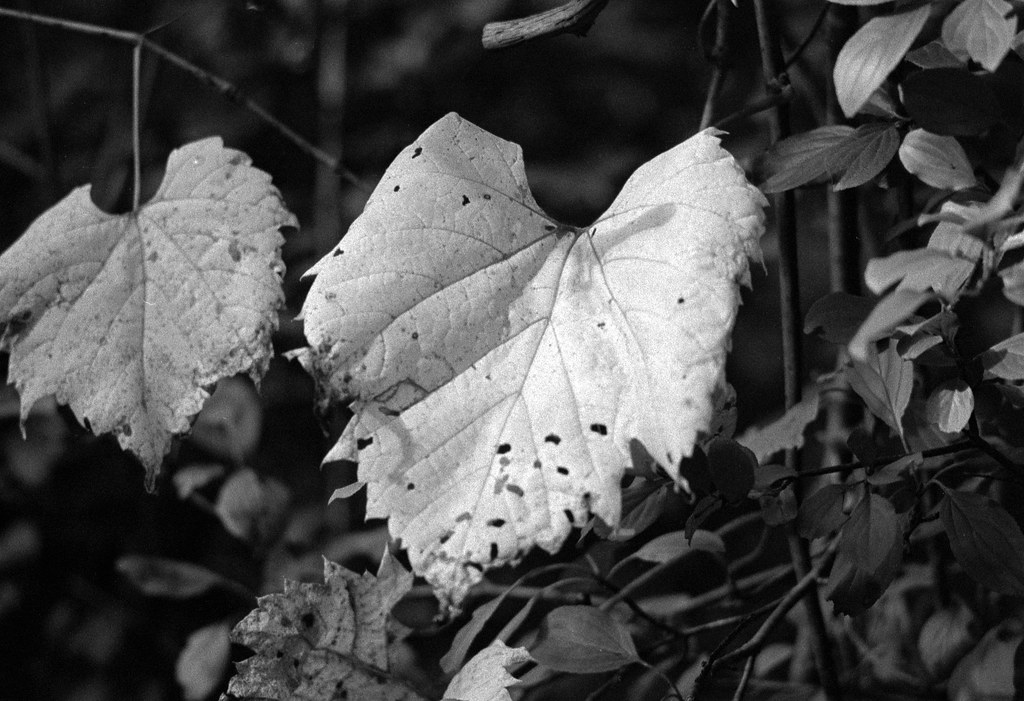When it comes to fixed telephoto lenses, something is satisfying about these lenses, while they may not always be the ideal lens in a situation. When I first picked up an SLR kit, a Minolta SR-T 102, among the lenses that I got were a Soligor 200mm f/4, and it was the first lens I used when shooting my first roll of film. And for many years, I was happy with having only the 135mm f/2.8 in my manual focus Nikon kit. Then a chance at a 200mm f/4 brought me back to my first SLR, the Minolta SR-T 102. , That lens puts the Nikkor 200mm f/4 to shame in weight and size, but the Nikkor unit is small, sleek, surprisingly light, and delivers outstanding optical quality.
Lens Specifications
Make: Nippon Kōgaku K.K.
Model: AI-S Nikkor 200mm 1:4
Focal Length: 200mm
Focal Range: ∞ – 2m
Aperture: f/4 – f/32, 9 Blades
Structure: 5 Elements in 5 Groups

Nikon D750 – AI-S Nikkor 200mm 1:4
Build Quality
Nikon has been producing this type of lens since 1961, and it has gone through only a few changes throughout production. The most significant difference is the lens’s optical construction, the original Auto Nikkor-Q being a 4 Elements in 4 Groups design; by the 1976 AI version, it’s at the 5×5 method. The lens is surprisingly lightweight for the size and focal length; While not the lens I would want to carry around for an extended length of time, it certainly will take a while to wear you down, especially with a good camera strap. It does make the camera a bit front heavy on smaller body SLR like the FM or FE. But add a motor drive, and you’re in business. It even works well on a digital SLR like the D750. An all-metal design from front to back, the lens can take a bit of a beating in the field with only minor damage being done, and having a long integrated hood similar to what you get with the 135/2.8 and 105/2.5 the same era certainly helps with any lens flare.

Nikon D750 – AI-S Nikkor 200mm 1:4
Nikon D750 – AI-S Nikkor 200mm 1:4
Nikon D750 – AI-S Nikkor 200mm 1:4
Nikon D750 – AI-S Nikkor 200mm 1:4
Nikon D750 – AI-S Nikkor 200mm 1:4
Image Quality
There’s no faulting the image quality on this lens. When it comes to performance, you get sharp images at any aperture, starting at f/4 right through to f/32. Now there is a bit of fall-off at the corners when you’re at f/4, but it’s gone by the time you hit f/5.6. Although I will say the sweet spot for the lens starts at f/8, where you get an excellent depth-of-field combined with overall sharpness. The lens tends to flare with contrasty lighting conditions, but the built-in hood does an excellent job of preventing this flare. You do have to watch out for camera shake; even when trying to compose the image, I could see even the smallest amount of instability. Thankfully if you shoot the camera at 1/250″ at the minimum, if you have a steady hand, you can probably get away with a 1/125″ shutter speed, but anything lower, get a tripod. Once you get that, you’ll be treated to sharp images across the board; even at f/4, the areas in focus are tack sharp. The out-of-focus elements are smoothly rendered, but I haven’t noticed anything overly special about that rendering.





Applications
A 200mm f/4 prime is the definition of a niche application lens. However, if you’re doing a lot of sporting, nature, or even people photography, the lens will make for an excellent addition to your kit. The long reach will help get you close to the action; the easy focusing will undoubtedly help ensure that your subject is in focus, or you could zone focus and stop down and be patient for the issue to get into the focus zone. In a controlled environment, the lens is excellent for portraiture because you still get a solid depth of field at f/8 and excellent subject separation. Sadly with the length and the f/4 maximum aperture, the lens is not a good fit for indoors unless you want to crank up that ISO, which doesn’t always work on a film camera, but the lens works great, seamlessly almost on most Nikon digital bodies. I’ve shot the lens with my D750, and it does not look out of place on that camera body, and with the proper adapters will work well with a mirrorless camera, either the Nikon Z-Mount and Sony E-Mount.





The Low Down
While not a lens for the average photographer, I was hesitant to accept the lens into my kit. I don’t do a lot of nature or sports photography, but I decided it was worth the effort to make room, especially with contracting my camera systems and needing to fill in some gaps. While the 200/4 is not a lens I will use often, it does give me that long lens option to bring out when I don’t want to lug around the Nikkor 70-200/2.8G because the 200/4, despite losing several stops it certainly works well in outdoor settings when size and weight are an issue. Plus, these lenses are inexpensive on the used market, with even the AI-S version going for under 100$, along with the older AI and Pre-AI versions within the same price range. If you are a manual focus Nikon shooter, go for it, you may find a new use for it sooner rather than later.
Further Reading
Don’t just take my view on the Nikkor 200/4, check out these other reviews.
Ken Rockwell – Nikon 200mm f/4 Ai-S Review
Darin McQuoid Photography – Nikkor 200mm f/4 AI-S Review

This is a nice overall review, this is a Wonderful small lightweight lens that renders sharp contrast y images I adore it.
A Wonderful little 200 mm lens with Great built qualities.